Redmi K30 Pro Camera Test
/ Pedro D'avilaWondering how the K30 Pro’s cameras performs? Check out these photo samples.
To see more pictures in extra detail or download them, click here.






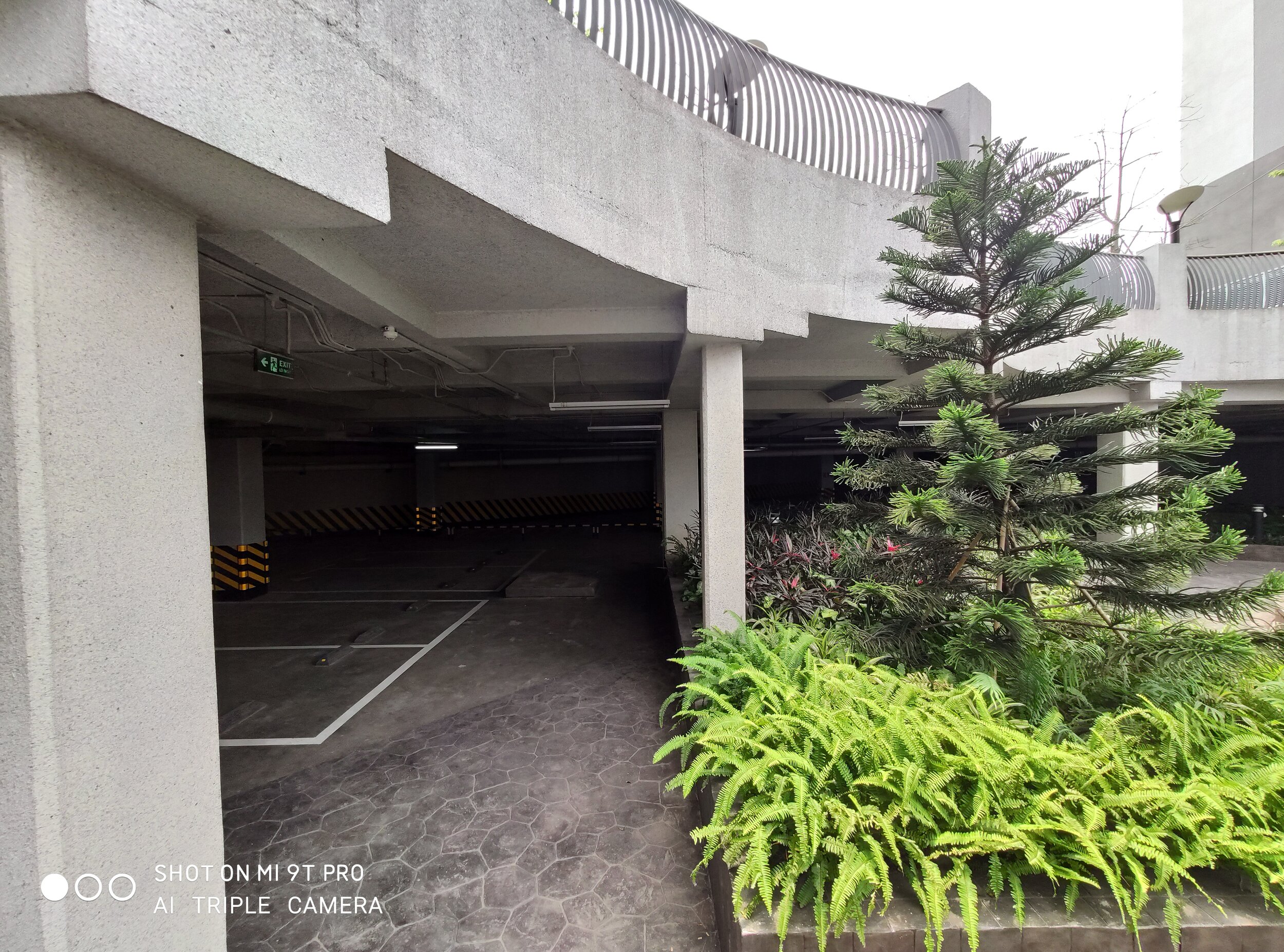
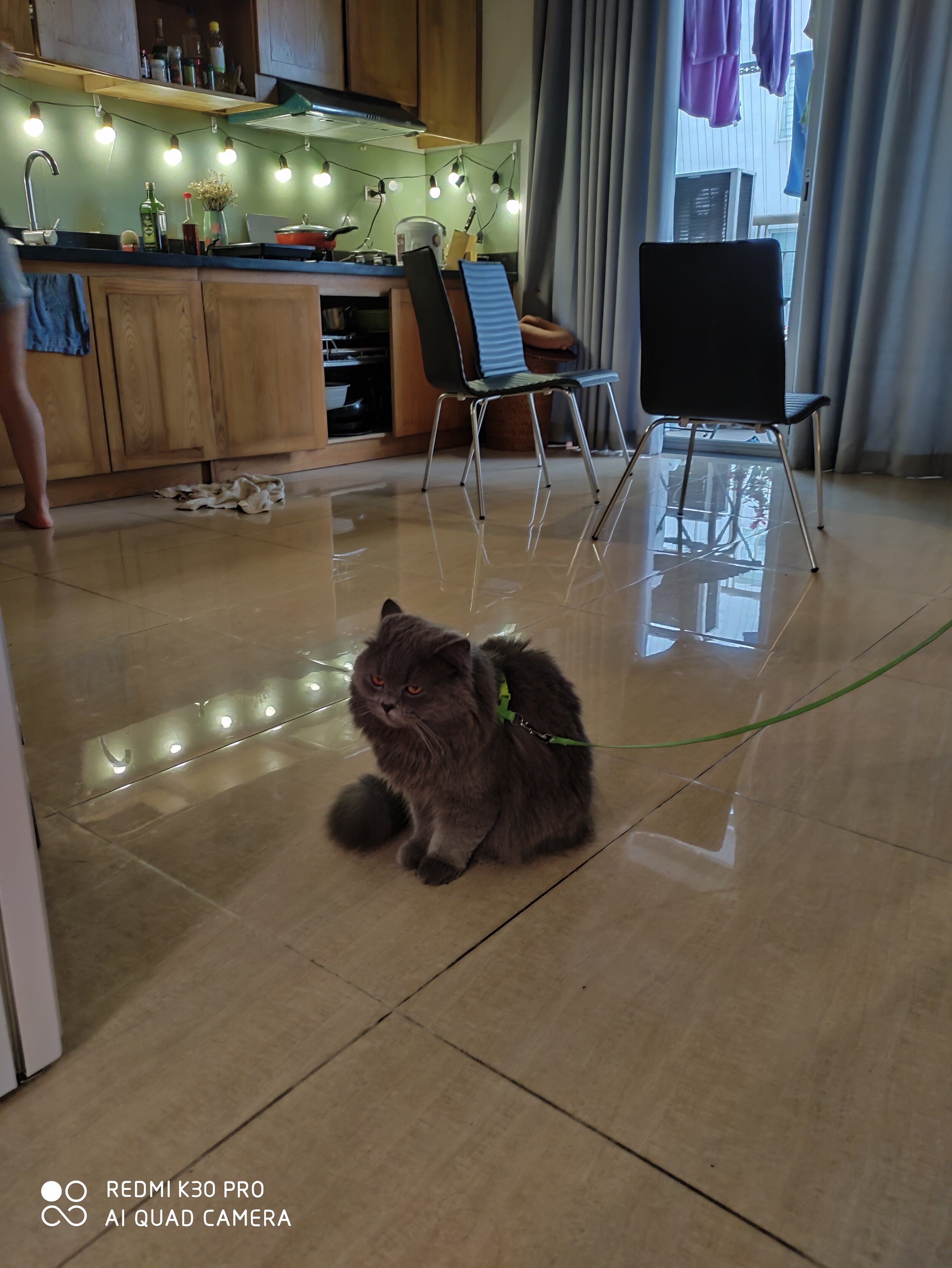

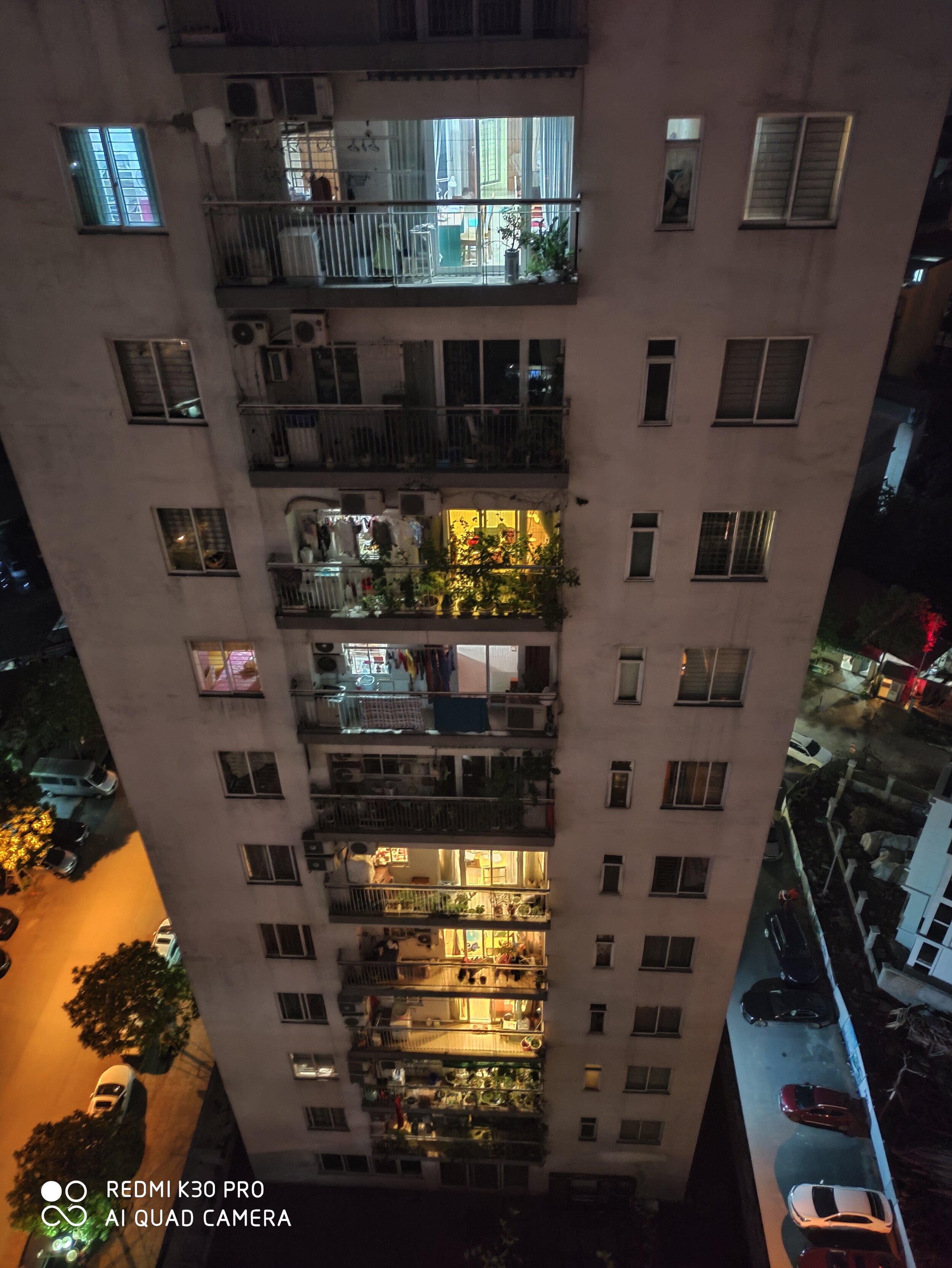


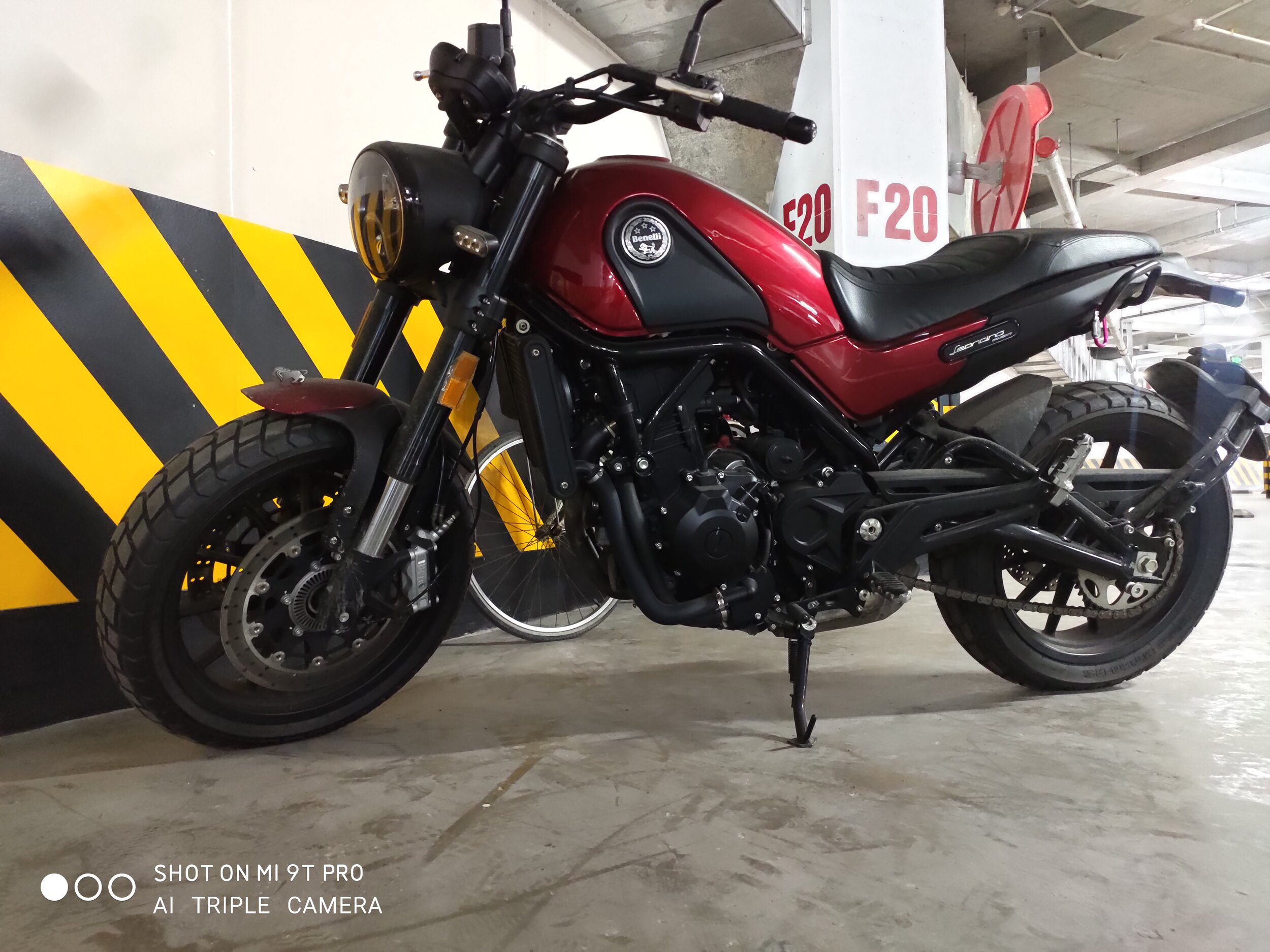

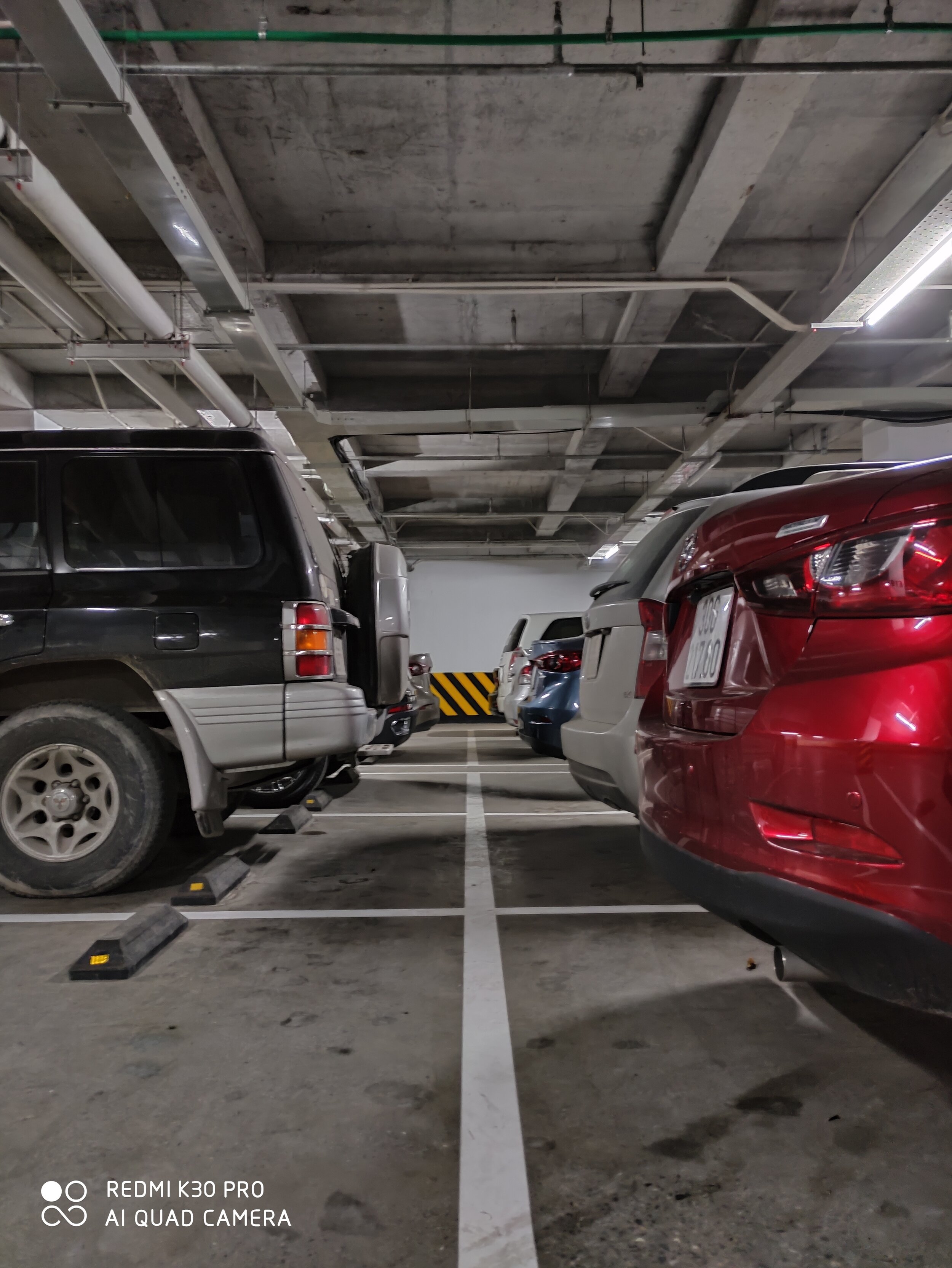


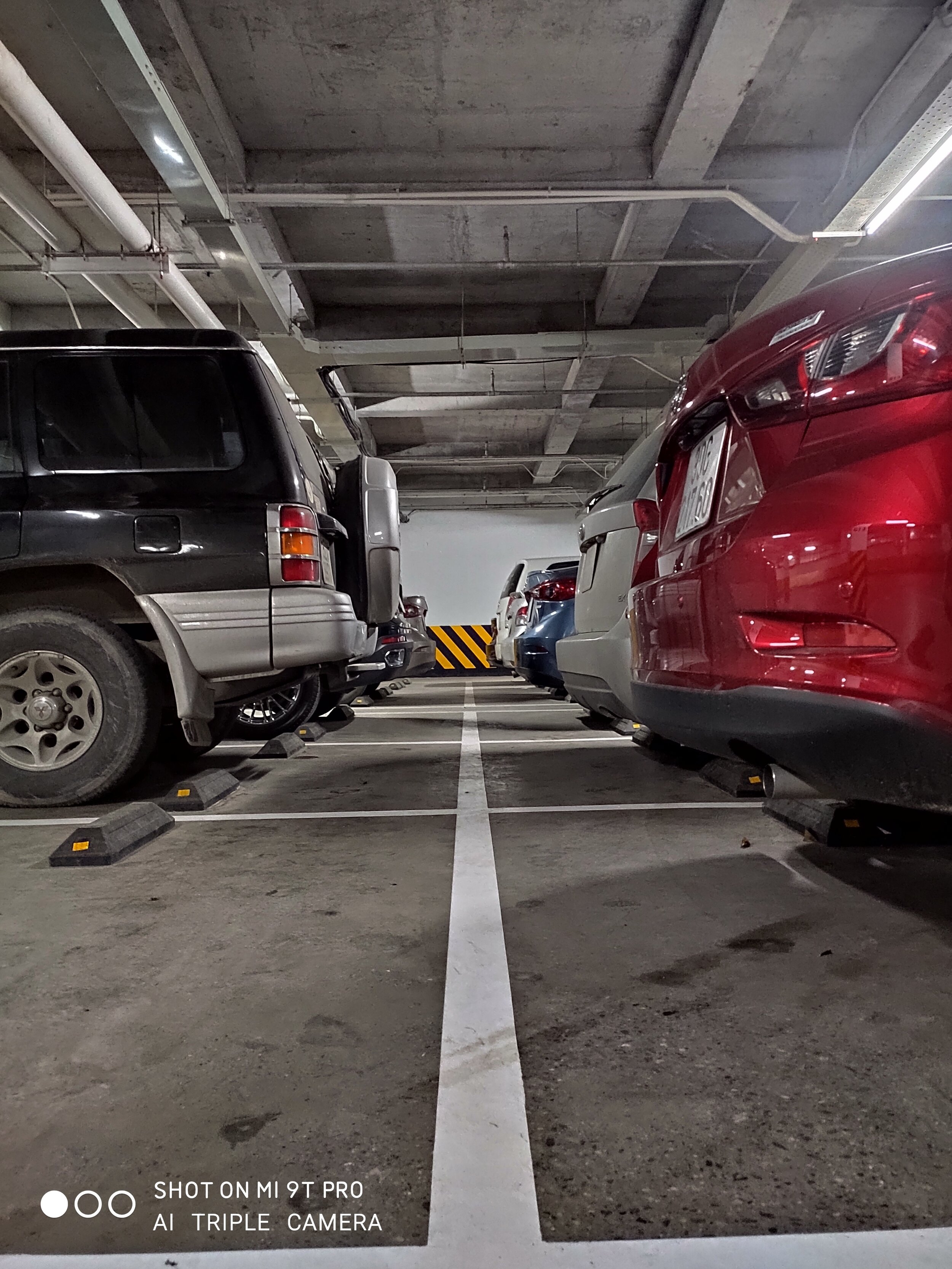
Wondering how the K30 Pro’s cameras performs? Check out these photo samples.
To see more pictures in extra detail or download them, click here.
The Redmi K30 Pro was announced to much of our surprise - featuring beastly specs and a camera system that will deliver jaw-dropping photos - but how does it compare to its equally priced competition? Spoiler alert: It absolutely destroys it!
Having a very similar design language, as well as the exact same price-tag, the K30 Pro and the Realme x50 Pro are surely the two devices to compare. And the similarities don’t end there, both have 5G options, both feature the same snappy Snapdragon 865 chip-set, and both feature a HDR 10+ capable display - so what are the differences that matter?
Firstly, both have trade-offs in the display department. While the K30 Pro may feature the brighter display, surpassing even most recent flagships, the Realme x50 Pro manages to sport the 90Hz display we so desperately wish Redmi would have included. On the camera department, while both feature similar specs, the K30 Pro’s 8K video recording capabilities are simply amazing, and blow the Realme’s 2160p video out of the water.
But if RAM is what you look for in a phone, the Realme x50 Pro features up to 12GB of RAM, beating the K30 Pro’s 8GB, meaning that paired with the same 865 chip-set, the x50 Pro manages to come out on top for those who really need the best performance out of their phones.


Making rounds on the internet as the future go-to budget phone, the Realme 6 Pro has certainly given the company some name, especially in Europe. But at only 500 yuan cheaper than the K30 Pro, it doesn’t offer anywhere near as nice of an experience.
Firstly, the Snapdragon 720G chipset is much slower than the 865, making this phone not as nice for anyone looking to game on the go. Secondly, its display is nearly 3 times dimmer than the K30 Pro’s 1200 nit display, coming in at only 480 nits. Lastly, though its photo camera may boot similar specs as the K30 Pro, its video capabilities are far from comparable. Not being able to film even at 4K resolution, the K30 Pro is miles ahead of the curve, offering even the most casual of video-takers an overall better experience for only an extra 500 yuan.
To the Realme 6 Pro’s defence, it does feature a 90HZ display, making us really think that Redmi dropped the ball by excluding this one very modern feature. Nevertheless, for better performance, a brighter display and much better video recording capabilities, spending the extra 500 yuan will not only get you a better phone - but one that will last for years to come too.

The Xiaomi Mi 10 Pro is the company’s flagship device, featuring the best that the company can offer - so where does the K30 Pro compromise? Not a lot! Both feature the same 6.67 inch display size, with the same HDR10+ technology - but unfortunately, whereas the Mi 10 Pro features the smooth and modern 90hz refresh rate, the same cannot be said about the K30 Pro.
On the processing side, both phones feature the Snapdragon 865 chipset, offering the same speedy performance. The compromise in terms of performance can only be found in the RAM department, because whereas the Mi 10 Pro offers both 8GB and 12GB RAM configurations, the K30 Pro only offers 6GB and 8GB versions.. This is a minimal difference, but could be a factor that drives power-users to pick the Mi 10 Pro over the K30 Pro.
On the camera front, the K30 Pro features a 64 MP main sensor, whilst the Mi 10 Pro offers a 108 MP sensor. Though this may sound major on paper, not many modern social media apps can take advantage of such high pixel account, defaulting to the average 12 MP found on most smartphones more often than not.
As it may be clear by now, the K30 Pro, even when compared to Xiaomi’s flagship phone, only compromises on features that most users may not even notice - this is impressive, specially when you consider the price difference between the two products. Starting at 4999 yuan, the Mi 10 Pro is 2000 yuan more expensive than the K30 Pro, which starts at 2999, all while offering 90% of the same experience.

With a price that is close to 4000 yuan, the Red Magic 5G must offer a lot more than the K30 Pro, right? No. Featuring the same processor, a similar camera system, and a smaller, dimmer screen, the reasons to opt for a Red Magic 5G over the K30 Pro are few and far between.
First, it can feature up to 16GB of RAM, but by then it costs more than Xiaomi’s flagship smartphone! Secondly, and perhaps the only real advantage that most users may see a use-case for, is that like the Mi 10 Pro, the Red Magic 5G also features a higher refresh rate, in this case, an impressive 144HZ!
But for the extra 1000 yuan, we reckon that the bigger, brighter display and 8K video functionality may be more useful in the day to day life than the smoother screen experience on what is ultimately a dimmer and smaller viewing experience.
With these three phones compared, the K30 Pro simply crushes its competition! Even against phones nearly twice its price, it offers 90% of the same experience, making any extra money spent an unneeded investment, For these reasons, we think the K30 Pro may be one of the most impressive budget/mid-range phones we have seen in a while, and can’t wait to get our hands on it!
Want to watch a video version of why the K30 Pro will be awesome? Click here
Want to read more about the K30 Pro? Click here
Hi!
I'm glad you found my little corner of the internet. I am a professional content creator specializing in photo and video. I am currently living in Southeast Asia refining my craft and learning new techniques to elevate my production skills.
Powered by Squarespace.